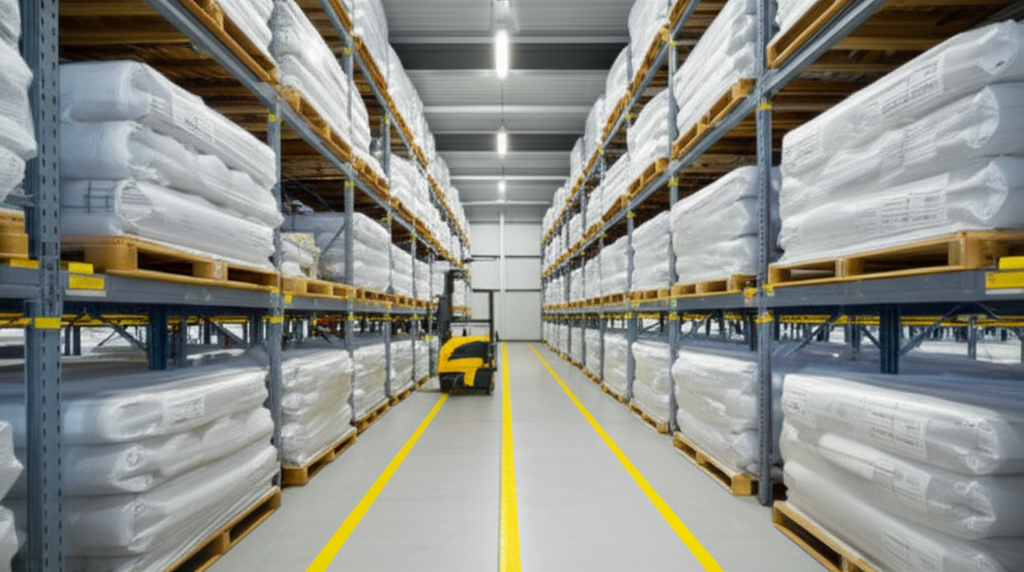Hepatitis B virus (HBV) remains a severe global health crisis, causing over 1.2 million deaths annually, with nearly 5% of the world's population chronically infected—around 120 million carriers in China alone. The persistent need for effective, affordable antiviral therapies underscores the critical importance of medications like Adefovir Dipivoxil. This nucleotide analog drug, renowned for combatting HBV and HIV, inhibits viral DNA replication, rapidly diminishing liver enzyme levels and offering long-term benefits without fostering resistance.

Traditional synthesis methods of Adefovir Dipivoxil involved tedious and inefficient pathways. Earlier processes relied on triethylamine or morpholine-based catalysts in single solvents like N-methylpyrrolidone (NMP) or dimethylformamide (DMF). These approaches necessitated costly purification techniques such as column chromatography or recrystallization, resulting in low yields—often below 50%—and prolonged operational cycles. The high boiling point of solvents like NMP (203°C) complicated recovery, escalating production expenses and limiting scalability.
To overcome these drawbacks, scientists introduced an optimized synthesis protocol that revolutionizes both the solvent composition and reaction sequencing. The technique dissolves Adefovir (PMEA) and pivaloyloxymethyl chloroformate in a carefully balanced mixed solvent of DMF, NMP, and anhydrous ethanol, enhancing dissolution kinetics. Crucially, the mixture is heated to 60–70°C before dropwise addition of triethylamine, accelerating the reaction toward completion. This sequence leverages the differential solubility where ethanol segregates reactants and products into distinct phases, dramatically boosting reaction efficiency and minimizing side reactions.
Key parameters ensure robust control and reproducibility. The solvent mix maintains a volume ratio of DMF:NMP:ethanol at 1:(1–2):0.1, while PMEA is combined with pivaloyloxymethyl chloroformate and solvent at 1 kg:(4.5–5.5) kg:(10–12) L. Mass ratios for PMEA to triethylamine are standardized at 1:(2–3). Reaction progress is monitored via HPLC, halting only when residual PMEA dips below 0.5%, guaranteeing conversion efficiency. Post-reaction processing is streamlined: dissolution with ethyl acetate, washing with salt solution, and drying with anhydrous calcium chloride—all without resource-intensive purification steps.
Crystallization employs chloroform and an anti-solvent like methyl tert-butyl ether (MTBE) at 5–10°C, maintaining a 1 kg:1L:12–15L ratio for PMEA:chloroform:MTBE. This phase yields pure, stable crystals after vacuum drying. In rigorous testing across multiple batches, purity consistently exceeded 99.5% with molar yields climbing to 52–55%, compared to prior methods struggling below 45%. Impurities like adefovir monoester were suppressed to under 0.25%, validating the elimination of harmful by-products.
The benefits are transformative. By replacing high-boiling NMP with ethanol and DMF in the solvent blend, recycling becomes feasible, reducing solvent waste and costs. The unique step of adding triethylamine after heating amplifies selectivity, shortening synthesis time to under 3 hours—half that of older processes. This innovation circumvents the need for complex purifications like chromatography, slashing production cycles and operational intricacy. Economic assessments suggest potential cost reductions for large-scale manufacturing, enhancing access to life-saving HBV treatments worldwide.
Evidence from comparative trials highlights the leap forward. When PMEA was processed in single solvents—NMP or DMF alone—reactions dragged beyond 7 hours, yielding only 41–42% with impurities spiking to 2.2%. In contrast, the new mixed-solvent approach cut durations by over 50%, achieving superior purities above 99.5%. Stable crystalline products showed excellent drying properties and shelf life, affirming suitability for pharmaceutical applications.
This synthesis breakthrough holds immense promise for global health. By enabling affordable, high-yield production of Adefovir Dipivoxil, it can alleviate suffering for millions affected by HBV, especially in underserved regions. Future research may explore solvent recycling automation or scaling to industrial capacities, potentially extending to other nucleotide antiviral drugs.
In summary, the revised method pioneers a greener, more economical route to a critical antiviral agent. With purity rates hitting 99.7% and yields surging to 55%, it demonstrates exceptional industrial potential, poised to influence drug manufacturing standards and broaden therapeutic accessibility for combating viral epidemics.
Manufacturing Facilities






Professional Export Experience
to Global Customers

1. 20 years of R&D, manufacturing and sales experience, serving customers in 60 countries and regions around the world;
2. Own R&D laboratory, pilot platform and large-scale production workshop, which can meet the audit requirements of global customers;
3. We can satisfy customers' perfect transition from small scale lab requirements (gram level) to commercialization requirements (hundred tons level).
A: We don't have Minimum Order Quantity, exact quantity should be provided before quotation for us to calculate the exact cost.
A: We don't provide free samples due to lots of request and expensive international courier's cost, we can deduct the sample charge after commercial order placed.
A: Our payment terms: Small or sample order: T/T IN ADVANCE. Commercial order: First order should be by T/T IN ADVANCE or L/C at sight, and following orders T/T 30~90days is acceptable subject to approval of credit application.